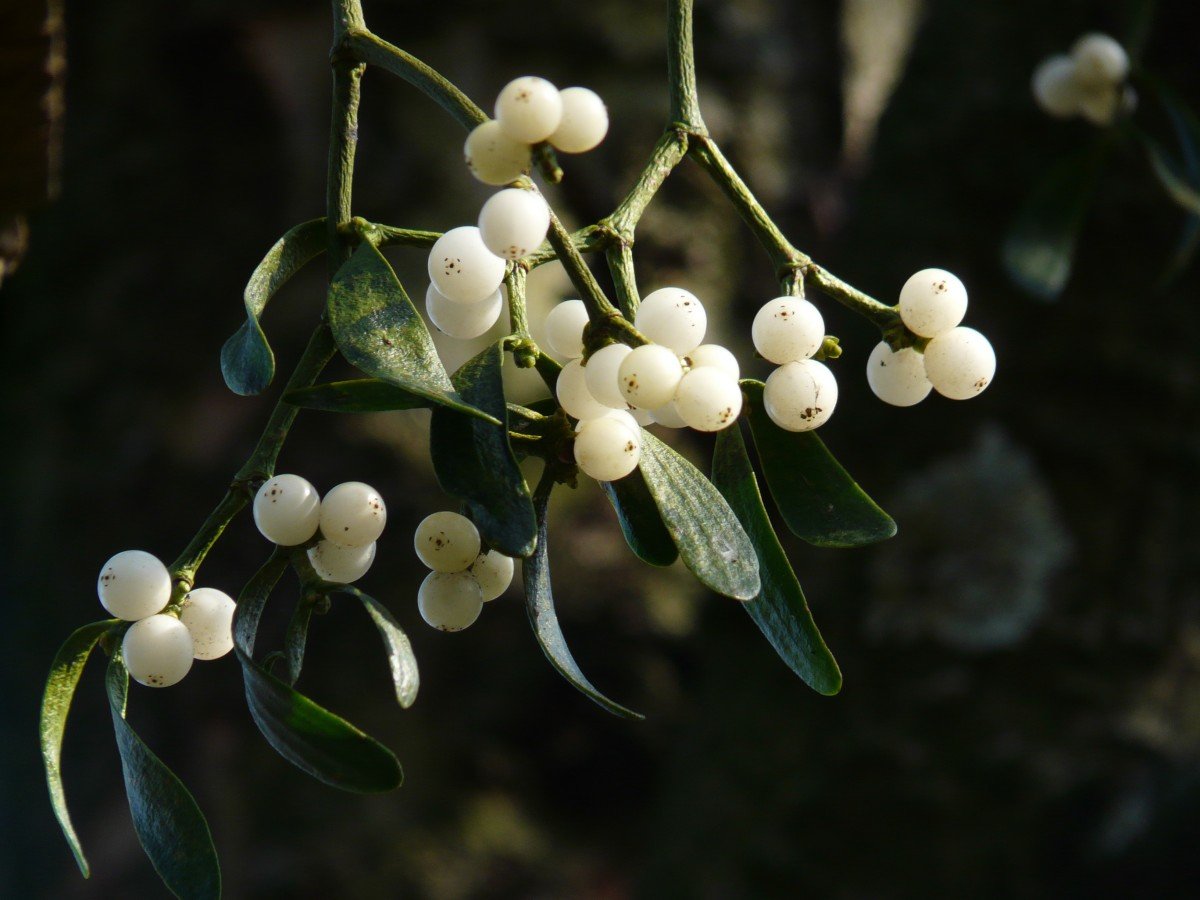Mistletoe is a parasitic plant that is commonly associated with the holiday season. It is typically found growing on trees, particularly oak trees, and is known for its green leaves and white berries. Despite its association with Christmas and romantic tradition, mistletoe has a long and interesting history that extends back to ancient times.
In ancient Europe, mistletoe was considered a sacred plant and was used in many different ways. It was often used in religious ceremonies and was believed to have magical powers. The Celts, in particular, believed that mistletoe had the power to bring good luck and to ward off evil spirits. In some cases, it was even used in the treatment of various ailments.
One of the most well-known traditions involving mistletoe is the custom of kissing under the plant. This tradition is believed to have originated in England, where it was considered good luck to kiss under a sprig of mistletoe. The custom eventually made its way to the United States, where it remains a popular holiday tradition to this day.
Aside from its use in holiday traditions, mistletoe has also been used in herbal medicine. It is believed to have many beneficial properties, including the ability to reduce inflammation and to boost the immune system. However, it should be noted that mistletoe is toxic if ingested in large quantities, so it should be used with caution.
In conclusion, mistletoe is a fascinating plant that has a rich history and is associated with many holiday traditions. While it has been used in herbal medicine, it should be handled with care due to its toxicity. Despite this, it remains a popular plant during the holiday season and is a beloved part of many people's holiday traditions.



